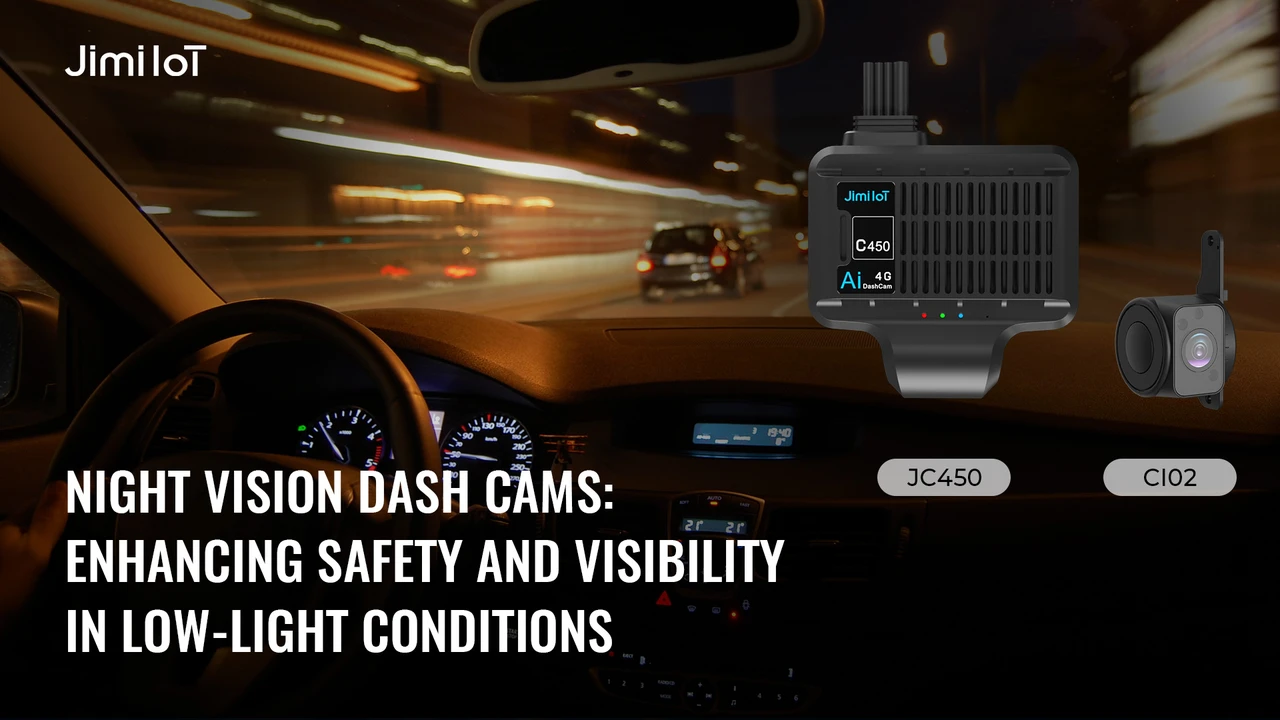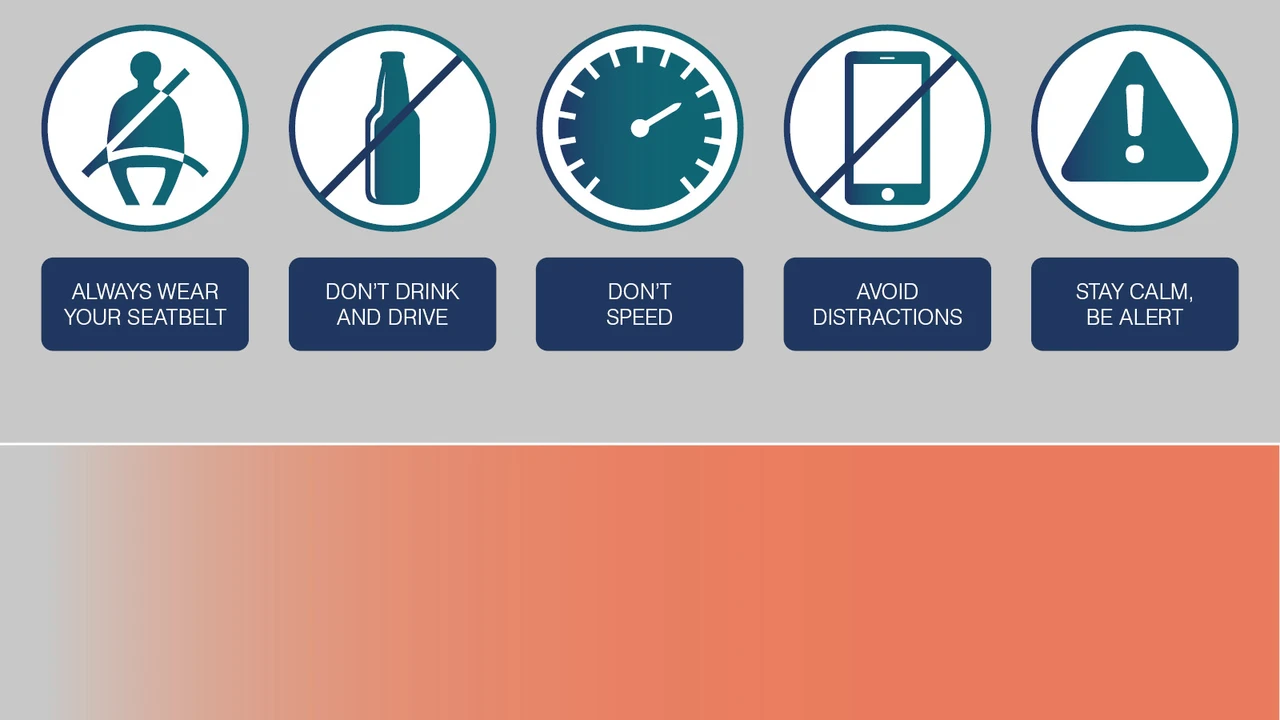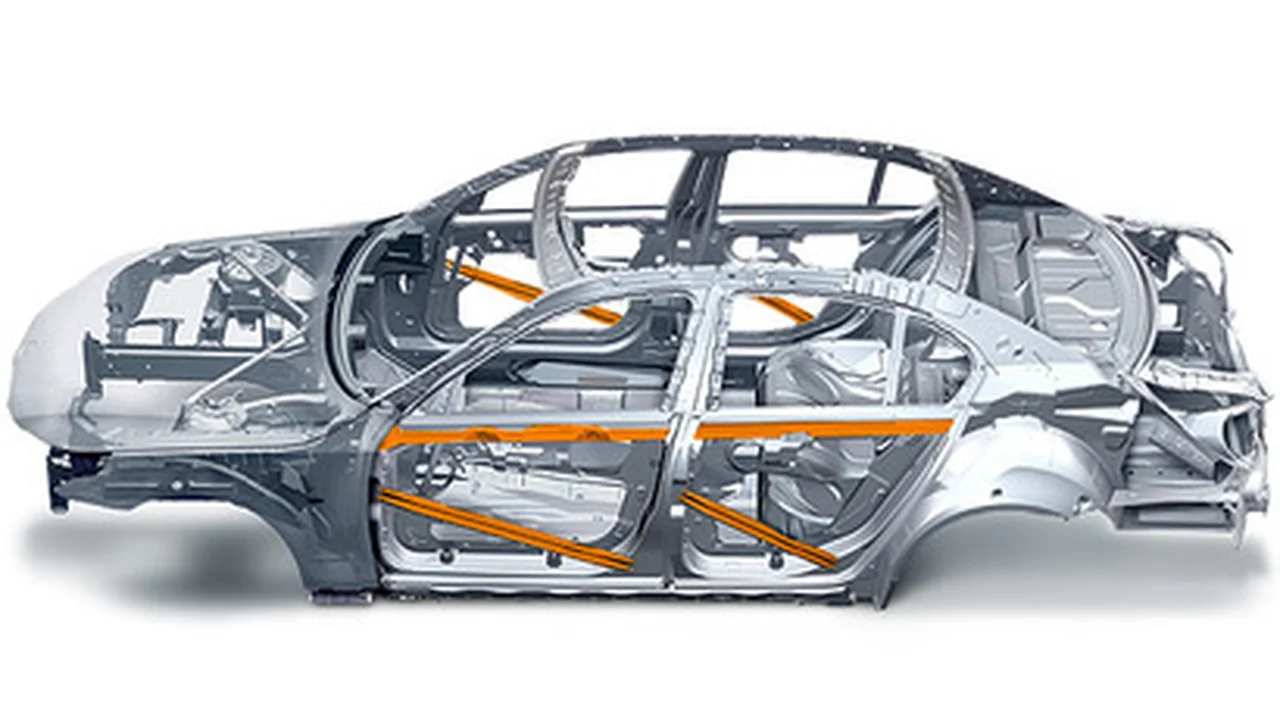Night Vision Systems: Enhancing Visibility in Low-Light Conditions
Sample meta description.

Understanding Night Vision Technology for Crash Avoidance
Alright, let's dive into the fascinating world of night vision systems! These aren't just cool gadgets for secret agents anymore; they're seriously impacting road safety by helping drivers see better in the dark. We're talking about a significant boost in visibility when ambient light is scarce – think pitch-black country roads, foggy nights, or those moments when oncoming headlights blind you. Night vision systems use infrared technology, which essentially detects heat signatures. This allows them to pick up on objects, pedestrians, and animals that would otherwise be invisible to the naked eye or even traditional headlights.
How Night Vision Systems Work Infrared Technology Explained
So, how does this wizardry actually work? It's all about infrared radiation. Everything emits heat, even things that feel cold to the touch. Night vision systems use sensors that are sensitive to this infrared radiation. There are two main types of night vision technology: active and passive. Active systems project an infrared beam, which bounces off objects and is then detected by the system. Think of it like a super-powered flashlight that humans can't see. These systems tend to offer better image clarity but can be affected by fog or heavy rain. Passive systems, on the other hand, simply detect the existing infrared radiation emitted by the environment. They don't project any light, making them less susceptible to interference from weather conditions. The sensor then converts this infrared radiation into an image that's displayed on the driver's screen, usually on the dashboard or windshield.
The Benefits of Night Vision Systems Enhanced Safety and Awareness
The real beauty of night vision systems lies in their ability to significantly improve a driver's reaction time. By detecting potential hazards earlier, drivers have more time to brake, steer, or take other evasive actions. This is especially crucial in situations where pedestrians or animals may unexpectedly enter the roadway. Imagine driving down a dark road and suddenly a deer jumps out from the side. Without night vision, you might not see it until it's too late. But with night vision, the system could detect the deer's heat signature well in advance, giving you precious seconds to react. Beyond just avoiding crashes, night vision also reduces driver fatigue. Straining to see in low-light conditions can be incredibly tiring. Night vision systems ease this strain by providing a clearer, more detailed view of the road ahead.
Night Vision System Products A Comparison of Top Models and Prices
Okay, let's get down to brass tacks and talk about some specific products. The night vision market is evolving rapidly, with new and improved systems constantly hitting the shelves. Here's a look at a few popular models:
BMW Night Vision with Dynamic Light Spot
BMW's system is a classic example of a well-integrated night vision solution. It uses a thermal imaging camera to detect pedestrians and animals at a distance of up to 300 meters. The system then highlights these objects on the dashboard display and can even project a "dynamic light spot" onto the detected object to alert the driver. This is a great feature for drawing the driver's attention to potential hazards without being overly distracting. Price: Typically included as part of a premium package, adding around $2,500 - $4,000 to the vehicle's price.
Audi Night Vision Assistant
Similar to BMW's system, Audi's Night Vision Assistant uses a thermal imaging camera to detect pedestrians and animals. It displays a grayscale image on the virtual cockpit and uses audible warnings to alert the driver to potential dangers. Audi also has some clever algorithms to differentiate between different types of objects, minimizing false alarms. Price: Also a premium option, ranging from $2,300 - $3,800 depending on the model and trim level.
Mercedes-Benz Night View Assist Plus
Mercedes-Benz takes things a step further with their Night View Assist Plus. In addition to detecting pedestrians and animals, this system can also detect lane markings and other road features. It also includes a spotlight function that briefly illuminates pedestrians to make them more visible. This system provides a very clear and detailed image, making it easier for the driver to interpret the scene. Price: Expect to pay around $2,200 - $3,500 for this feature as part of a package.
FLIR PathFindIR II
Now, let's talk about an aftermarket option. The FLIR PathFindIR II is a standalone night vision camera that can be installed on a variety of vehicles. It uses a thermal imaging camera to provide a wide-angle view of the road ahead. This system is particularly popular with truck drivers and other professionals who spend a lot of time driving in low-light conditions. While not as seamlessly integrated as the OEM systems, the PathFindIR II offers excellent performance and is a more affordable option for many drivers. Price: Around $2,500 - $3,500 for the camera itself, plus installation costs.
Night Vision System Use Cases Where They Shine The Most
So, where do night vision systems really shine? Well, think about these scenarios:
- Rural Roads: These are often poorly lit and frequented by wildlife.
- Foggy Conditions: Infrared technology can penetrate fog better than traditional headlights.
- Heavy Rain: Similarly, infrared can cut through heavy rain, improving visibility.
- Areas with High Pedestrian Traffic: Especially in areas with dark clothing or poor lighting.
- Long-Distance Driving: Reduces driver fatigue by easing eye strain.
Night Vision System Comparison Active vs Passive Systems
Remember we talked about active and passive systems? Here's a quick comparison:
- Active Systems:
- Pros: Better image clarity, longer range.
- Cons: Can be affected by fog and rain, potentially detectable by other drivers (though unlikely).
- Passive Systems:
- Pros: Not affected by fog and rain, undetectable.
- Cons: Shorter range, lower image clarity.
Night Vision System Cost and Installation Considerations
Alright, let's talk money. Night vision systems can be a significant investment. OEM systems are usually bundled into premium packages, adding several thousand dollars to the price of a new car. Aftermarket systems can range from a few hundred dollars to several thousand, depending on the features and performance. Installation costs can also vary widely. OEM systems are typically pre-installed at the factory, while aftermarket systems may require professional installation. Consider factors like wiring, mounting, and integration with the vehicle's electrical system when budgeting for installation.
Night Vision System Future Trends and Innovations
The future of night vision technology is bright (pun intended!). We're seeing advancements in sensor technology, image processing, and integration with other safety systems. Expect to see higher resolution images, wider fields of view, and more sophisticated object recognition capabilities. We're also likely to see night vision systems become more integrated with autonomous driving features, helping self-driving cars navigate safely in low-light conditions. The cost of night vision technology is also likely to decrease over time, making it more accessible to a wider range of drivers.
Night Vision System Maintenance and Care Tips
Taking care of your night vision system is crucial to ensuring its long-term performance. Keep the lens clean and free of debris. Avoid exposing the system to extreme temperatures or direct sunlight for extended periods. Regularly check the system's performance and consult a qualified technician if you notice any problems. With proper care, your night vision system can provide years of reliable service.
Night Vision System Legal and Ethical Implications
While night vision systems are generally legal to use, it's important to be aware of any local regulations or restrictions. Some jurisdictions may have specific rules regarding the use of infrared lights or the display of images on the dashboard. Ethically, it's important to use night vision systems responsibly and avoid using them in a way that could endanger others. For example, avoid using the system to spy on people or to drive recklessly in low-light conditions. Remember, night vision systems are designed to enhance safety, not to enable unsafe driving practices.
Night Vision System Alternatives Other Low-Light Driving Aids
While night vision systems offer significant advantages, they're not the only option for improving visibility in low-light conditions. Other alternatives include:
- High-Beam Headlights: Use them whenever possible, but be sure to dim them for oncoming traffic.
- Fog Lights: Can improve visibility in foggy conditions, but avoid using them in clear weather.
- Adaptive Headlights: Adjust the beam angle based on driving conditions.
- Clean Windshield: A clean windshield reduces glare and improves visibility.
:max_bytes(150000):strip_icc()/277019-baked-pork-chops-with-cream-of-mushroom-soup-DDMFS-beauty-4x3-BG-7505-5762b731cf30447d9cbbbbbf387beafa.jpg)






